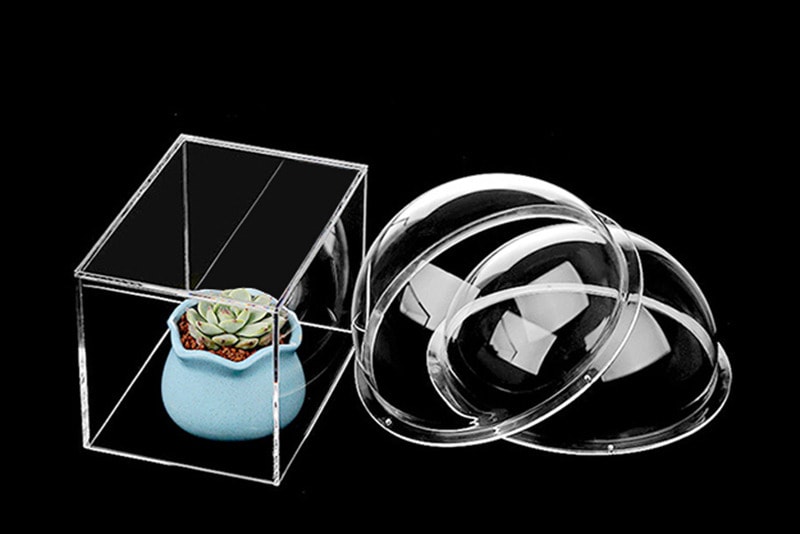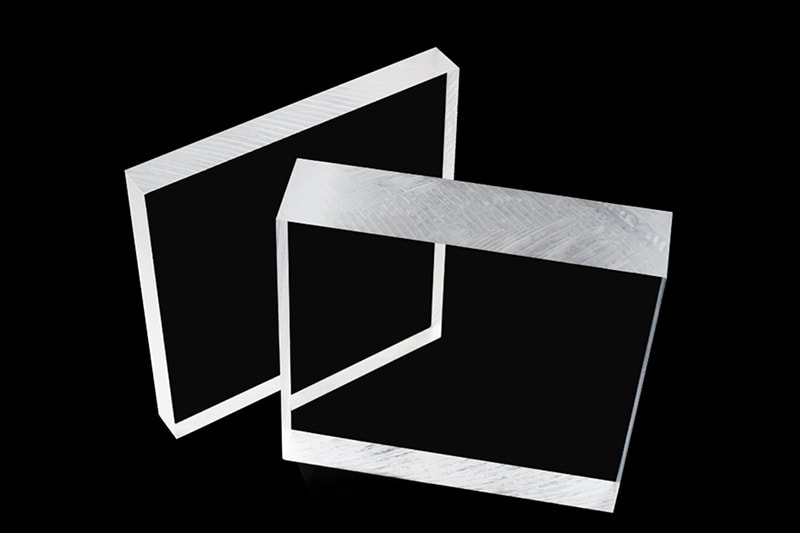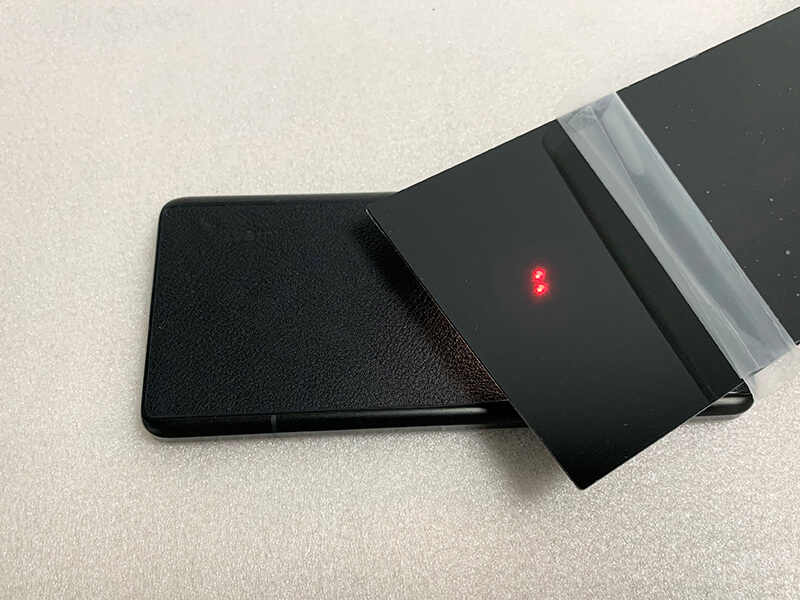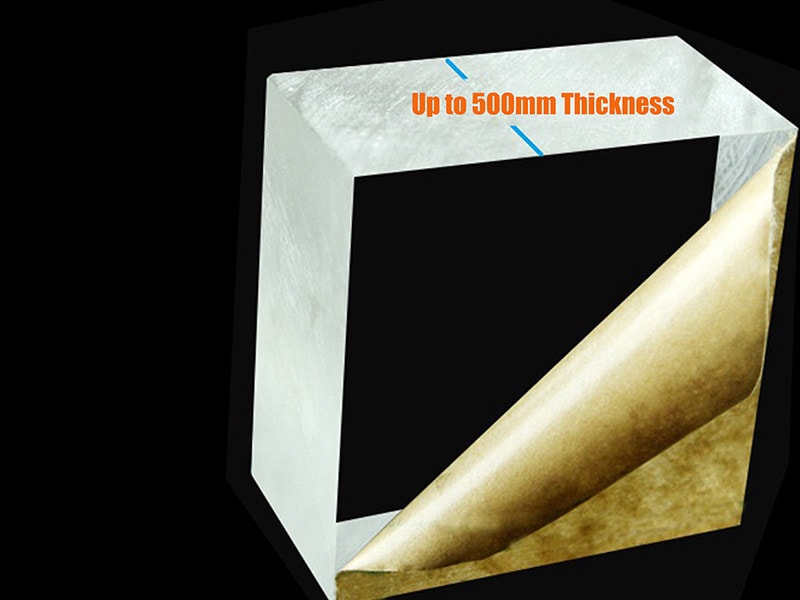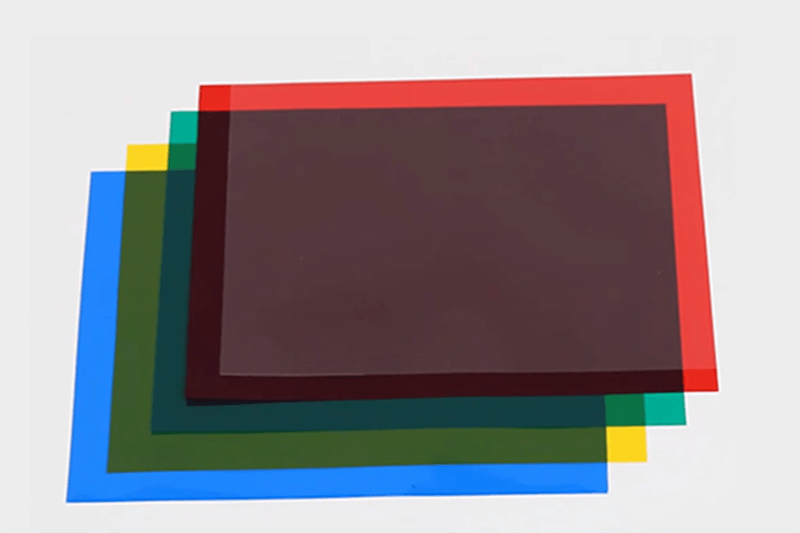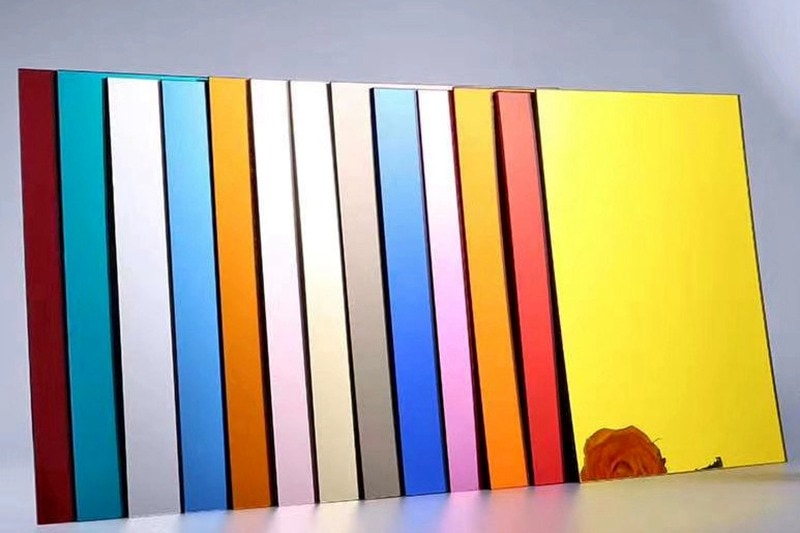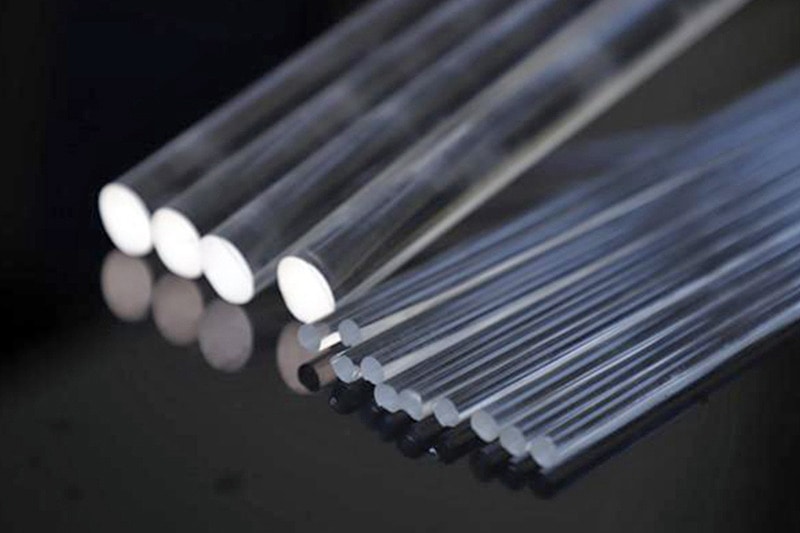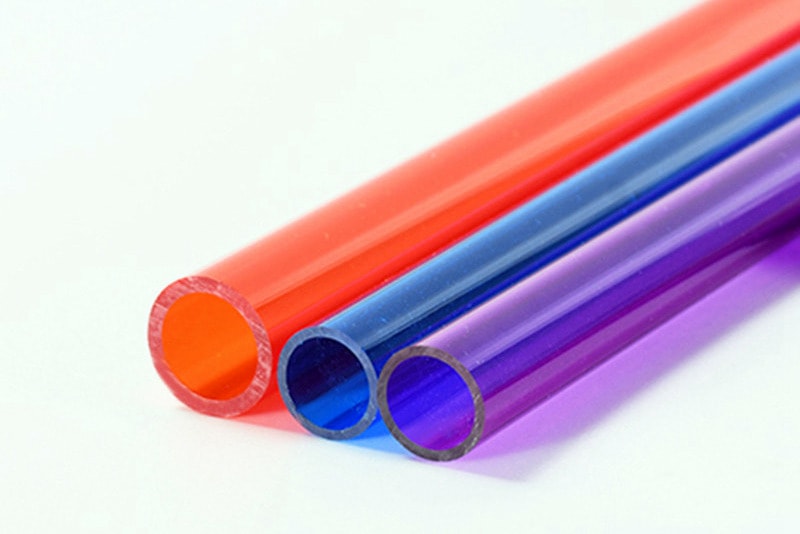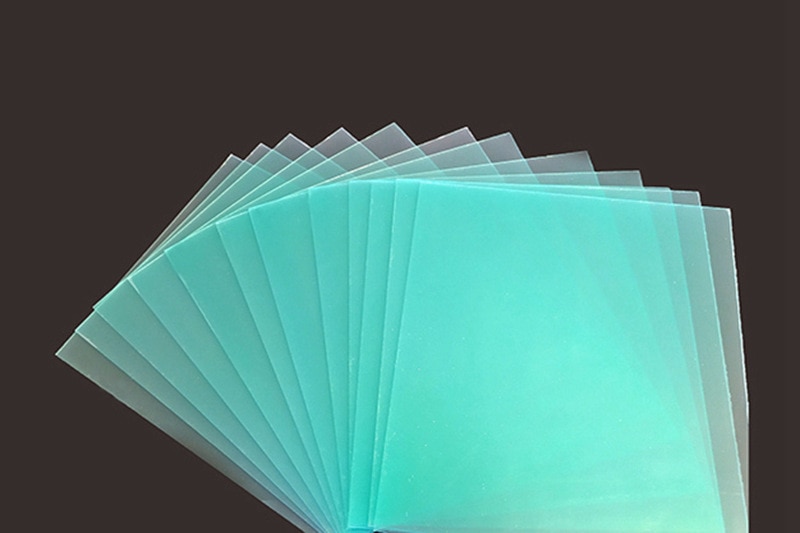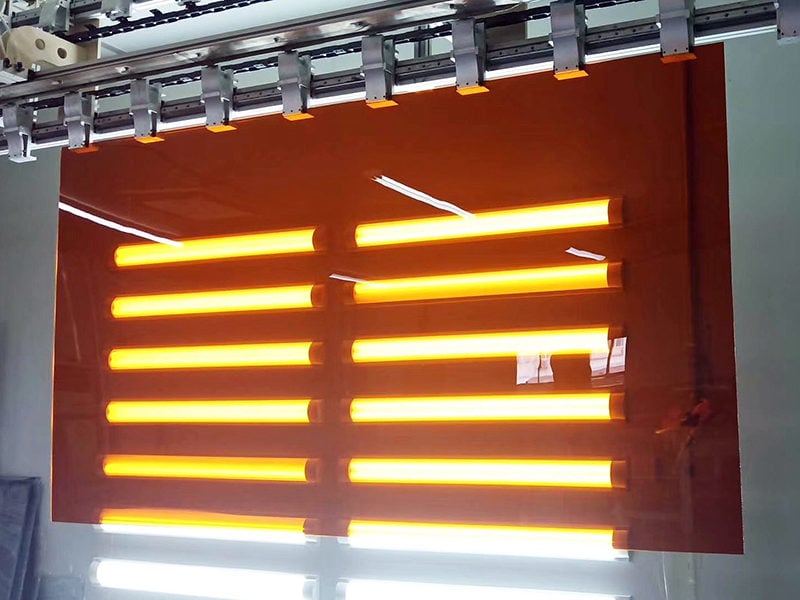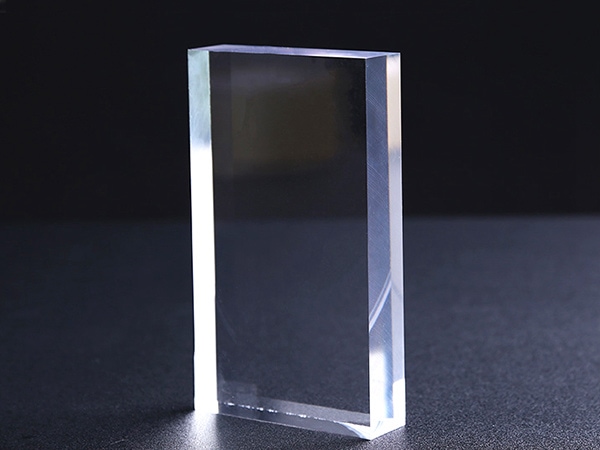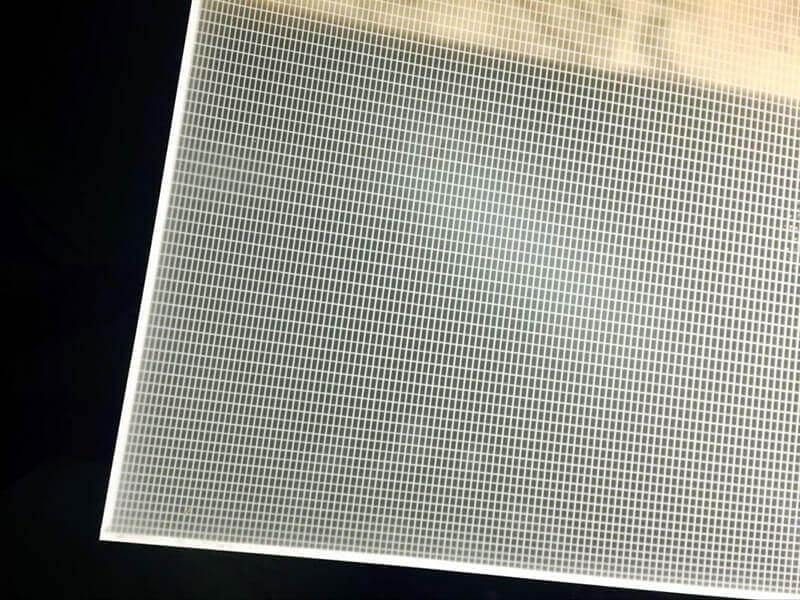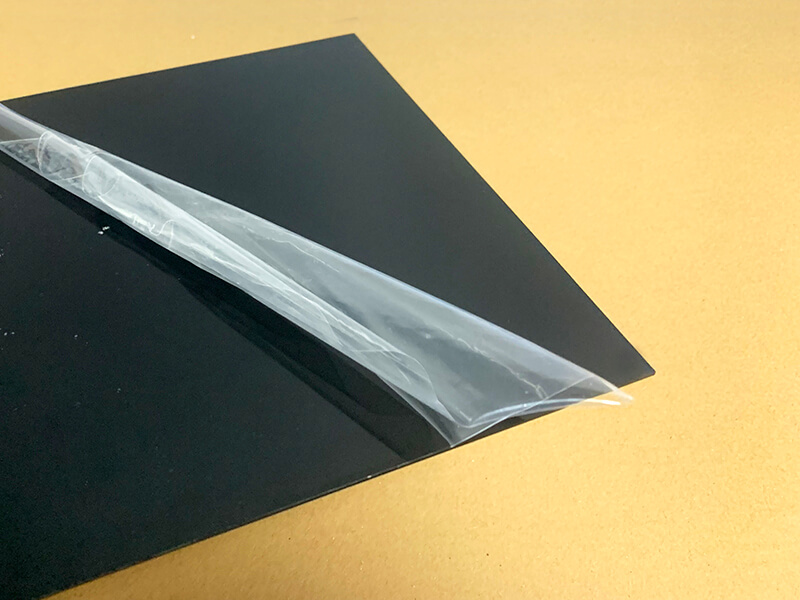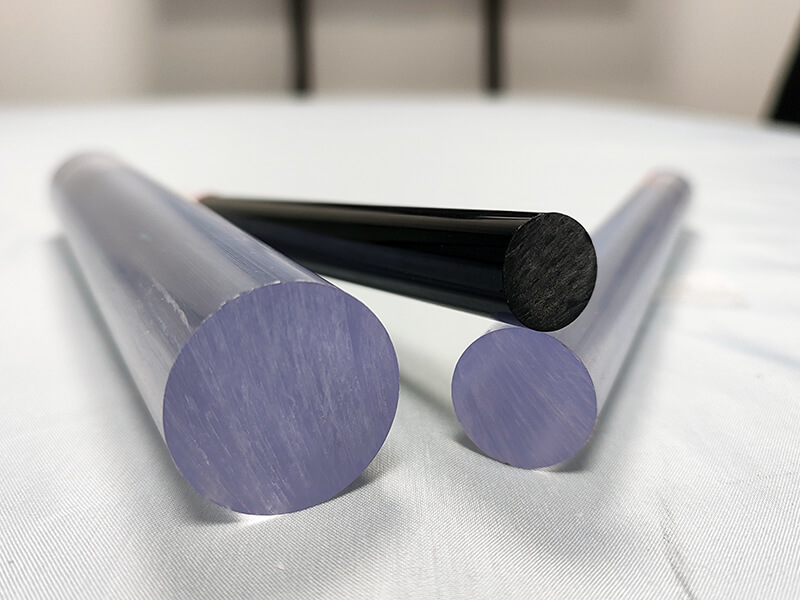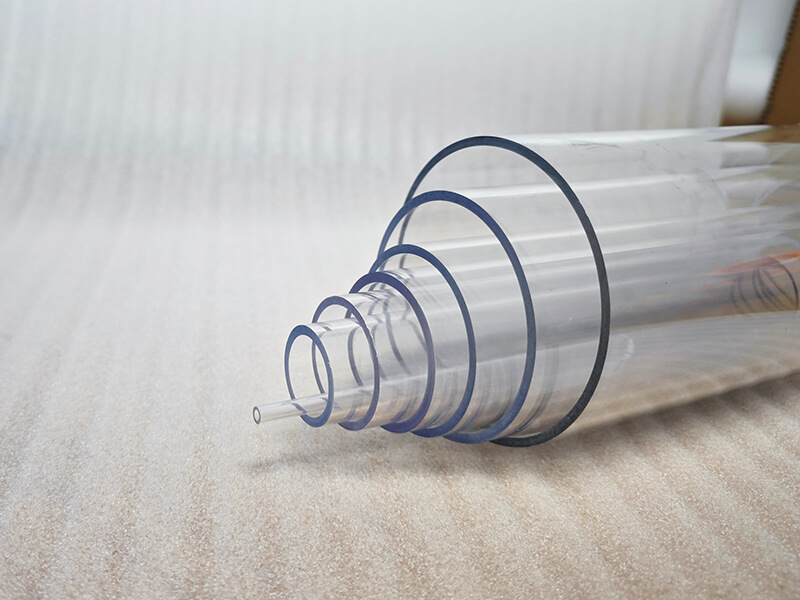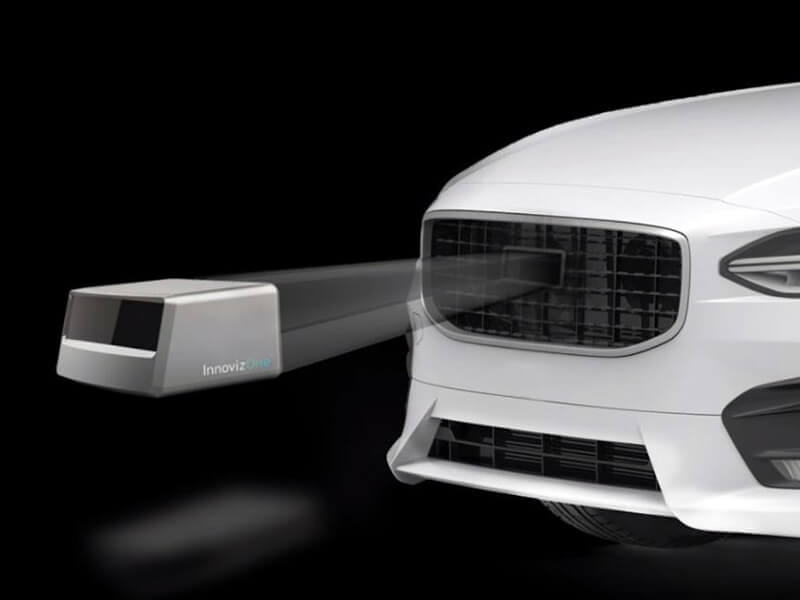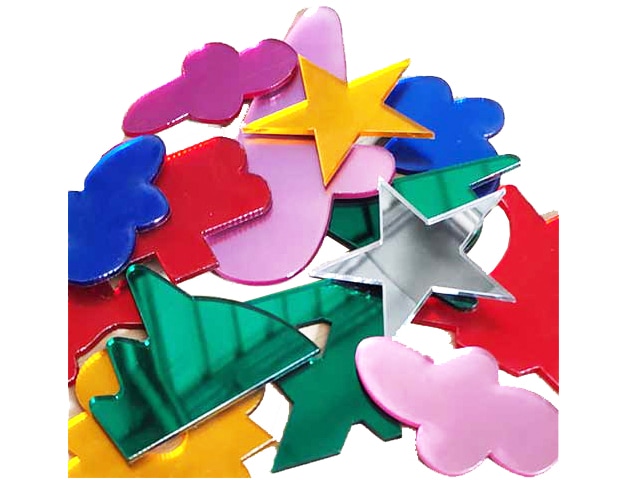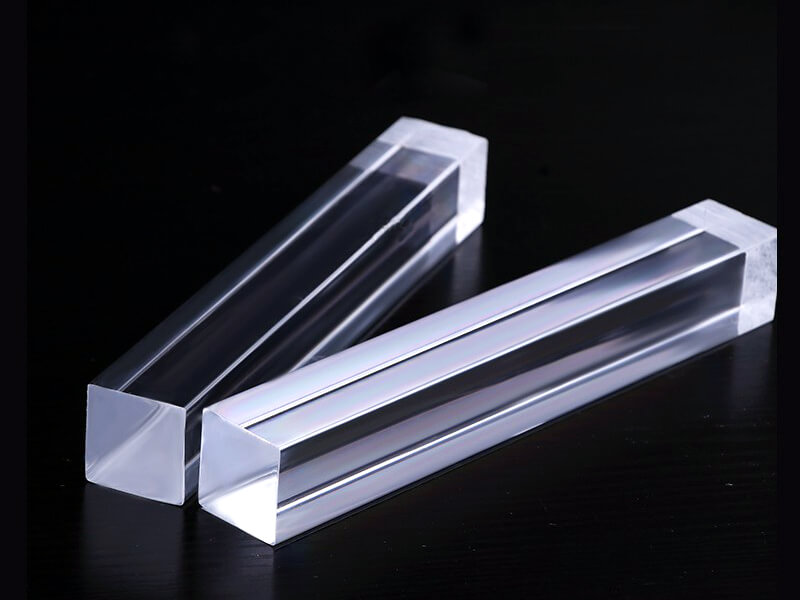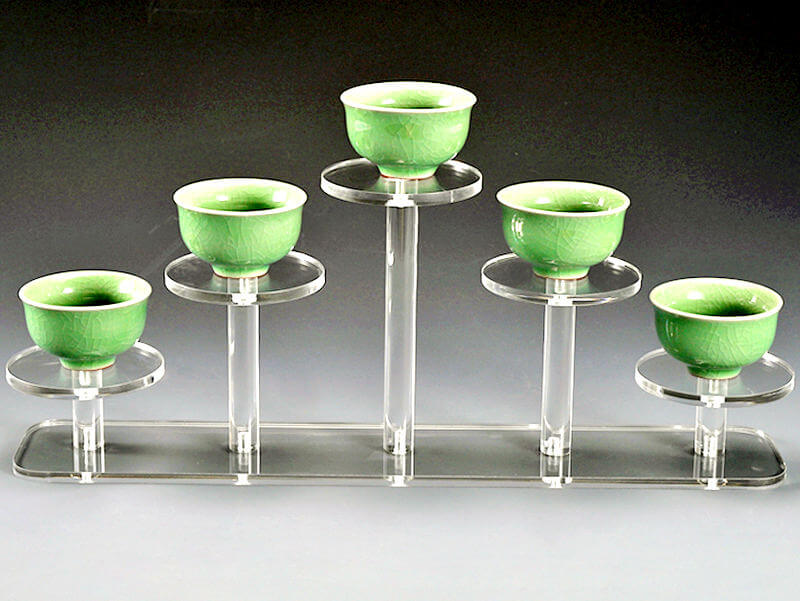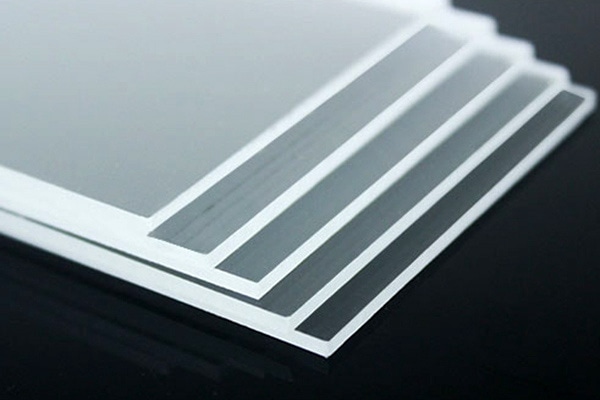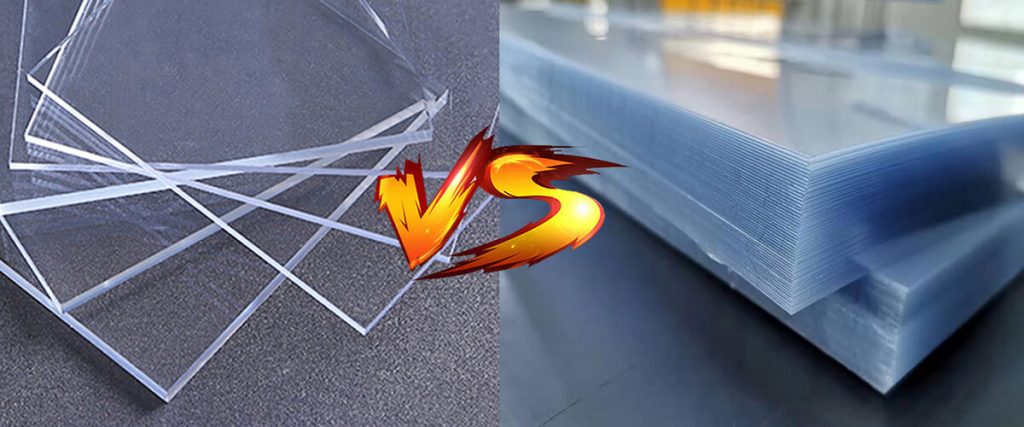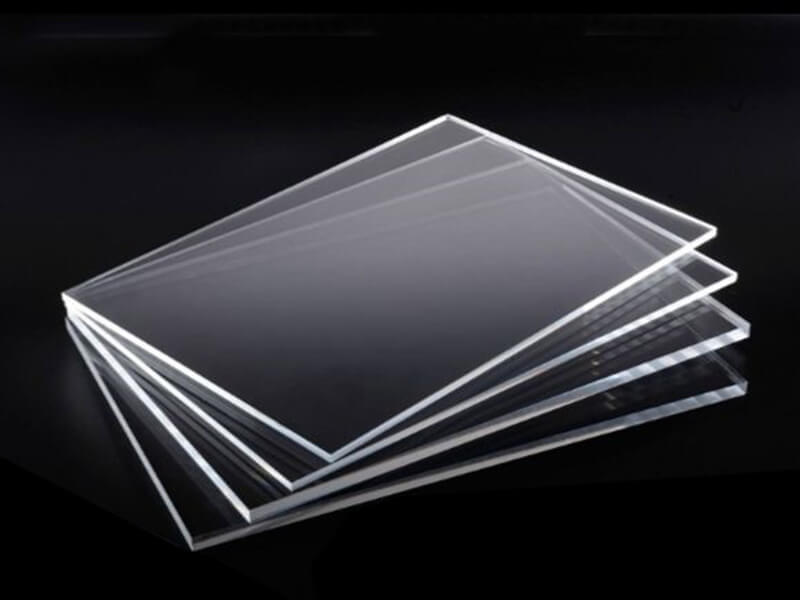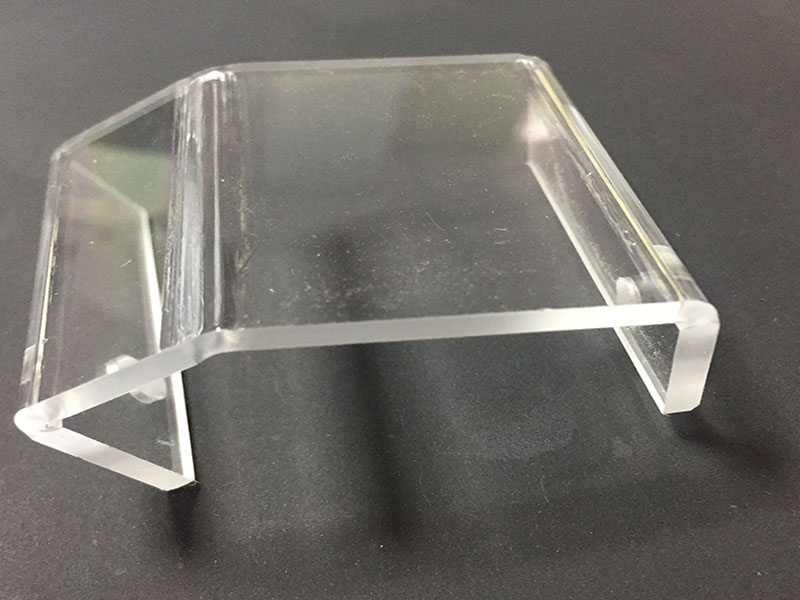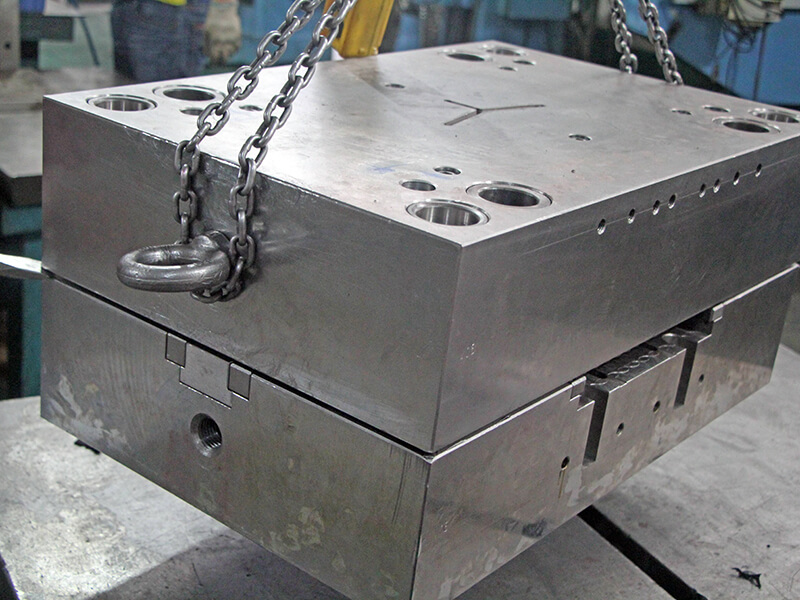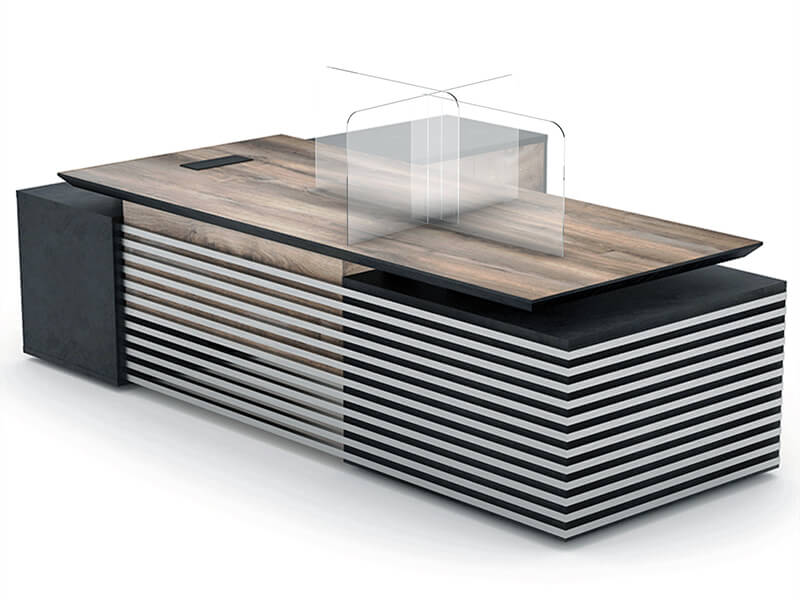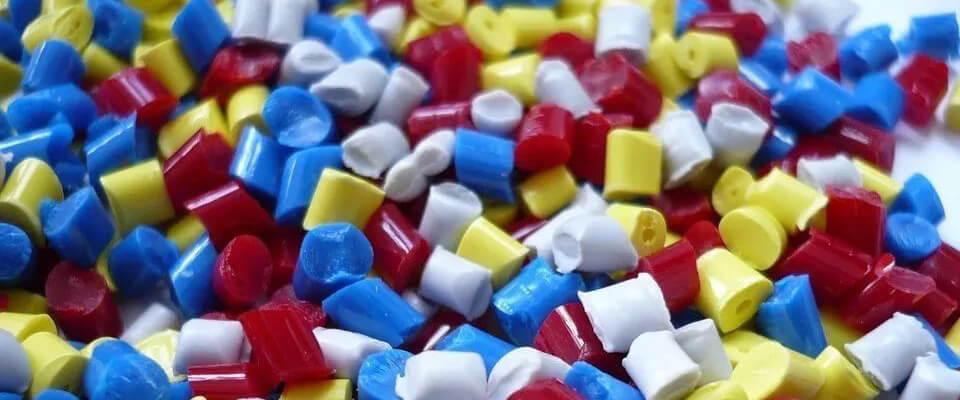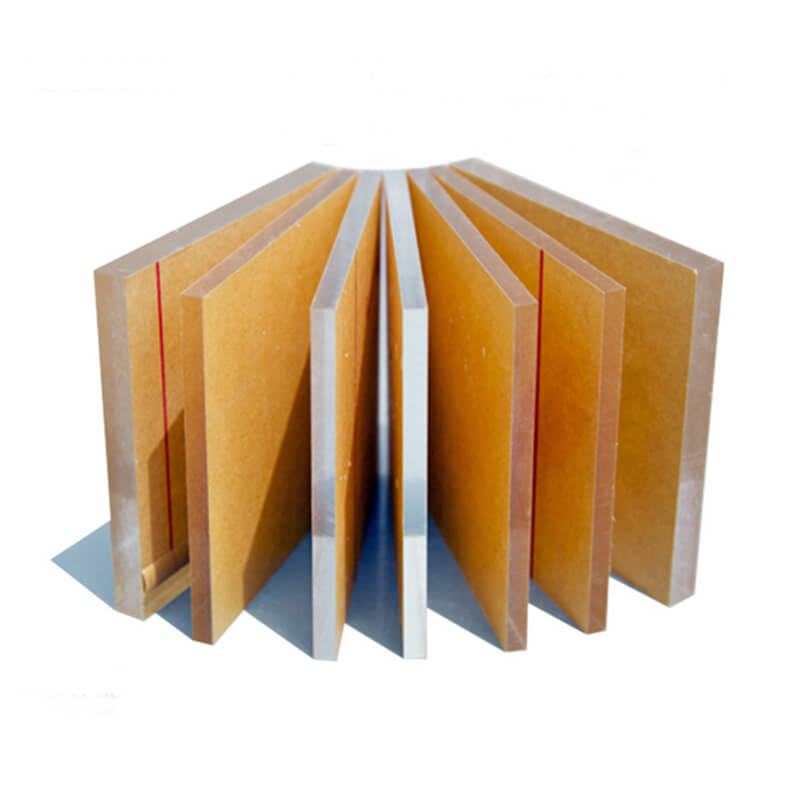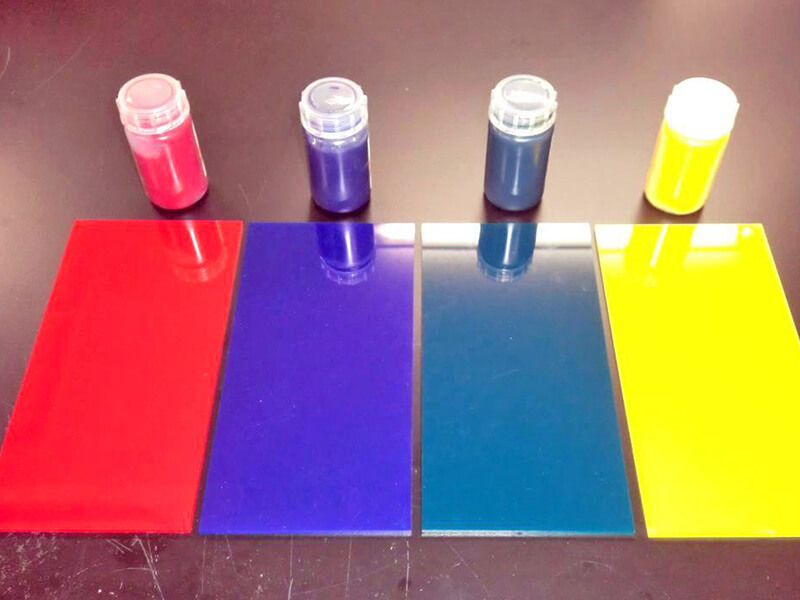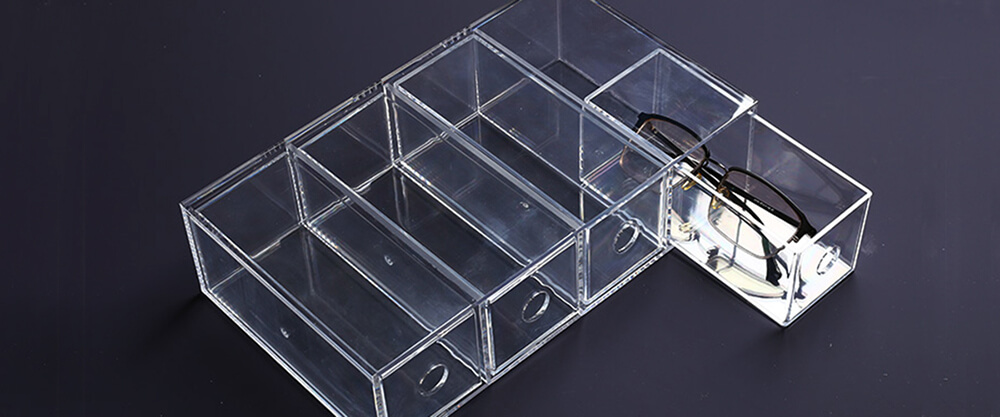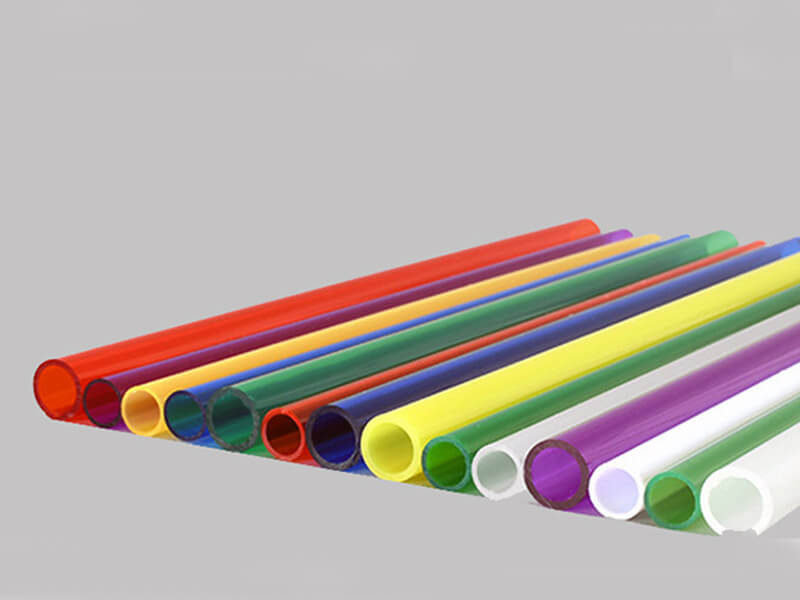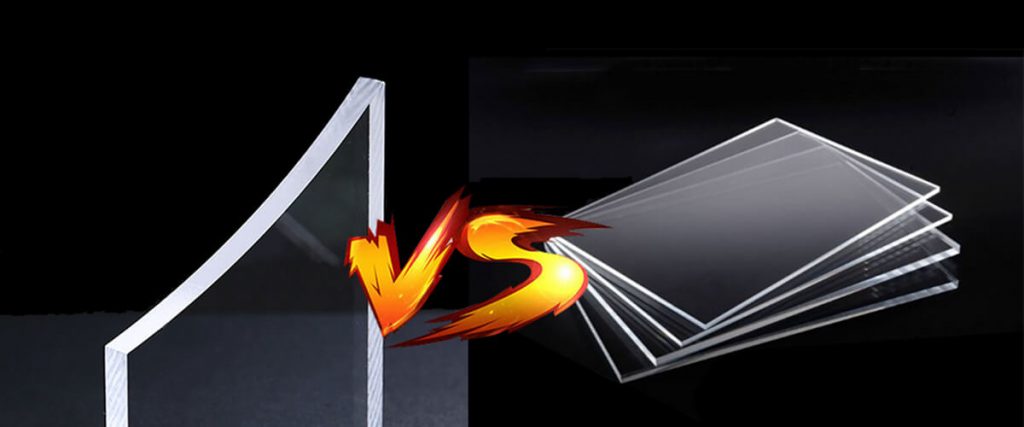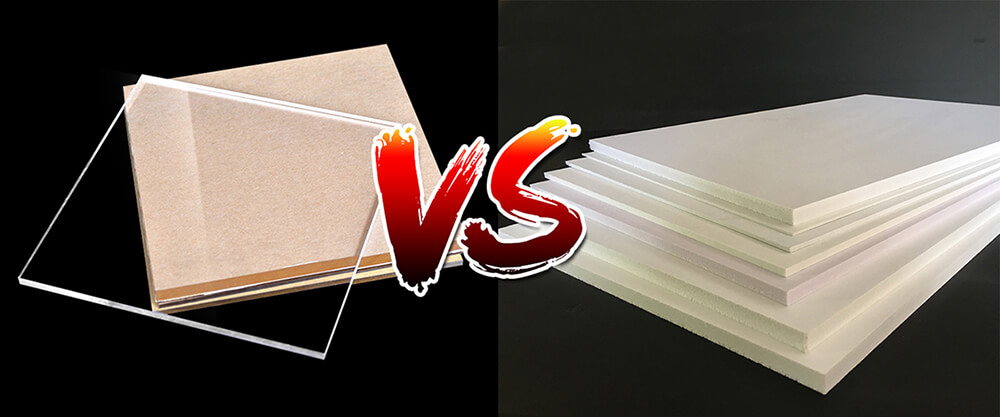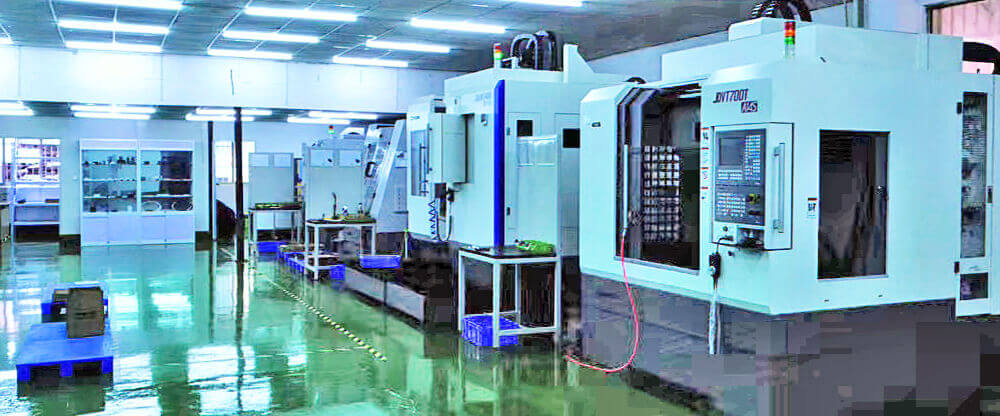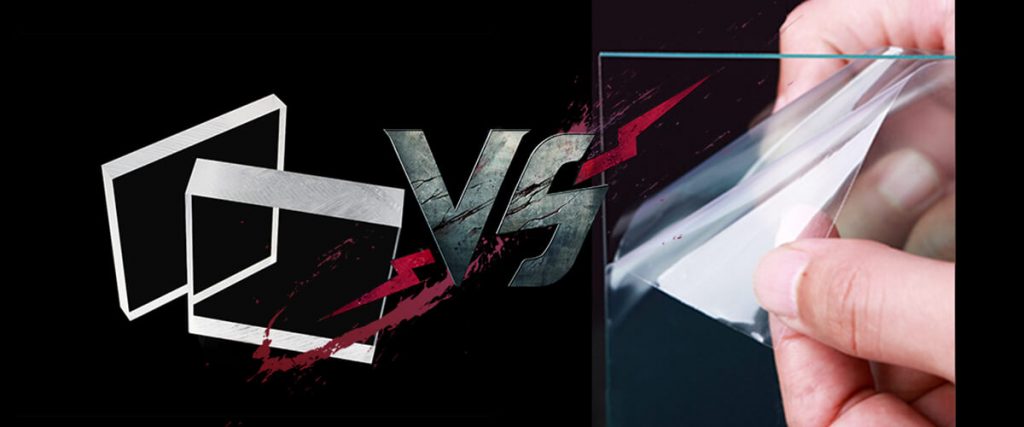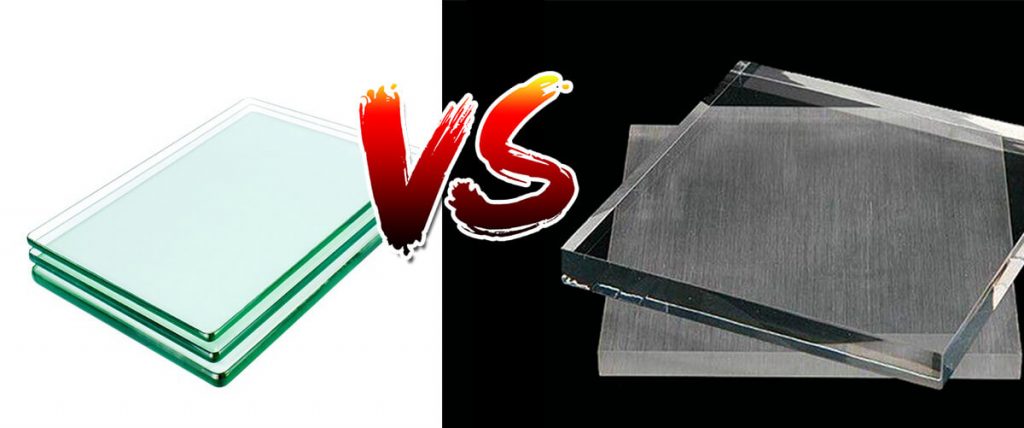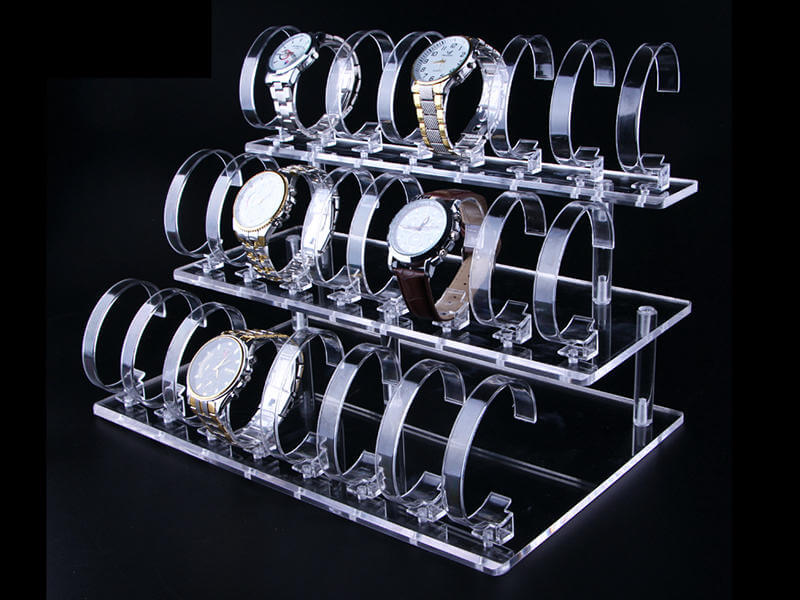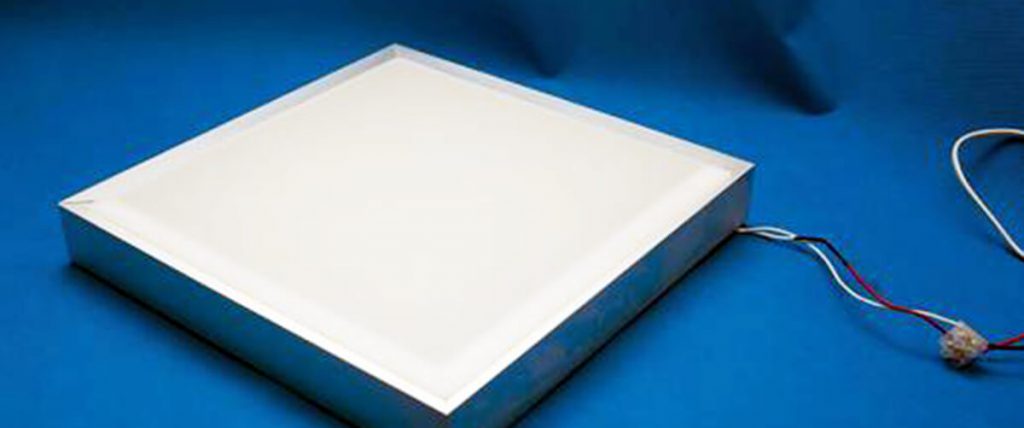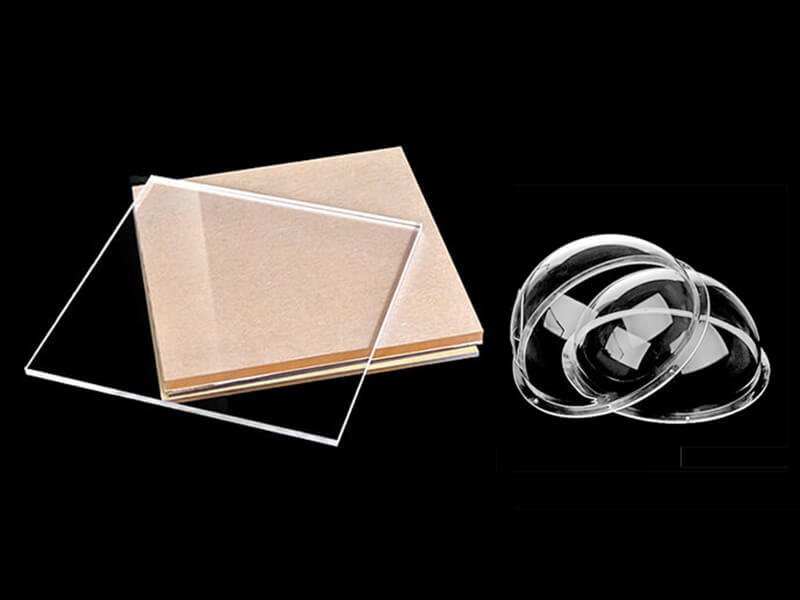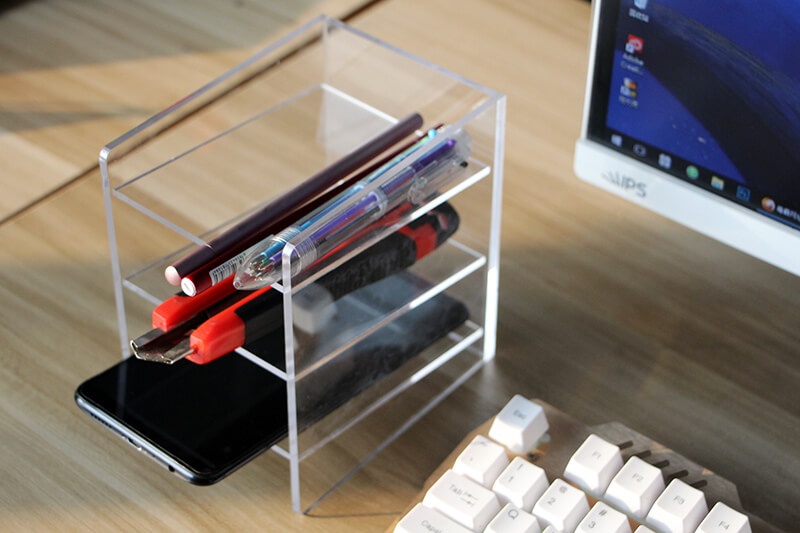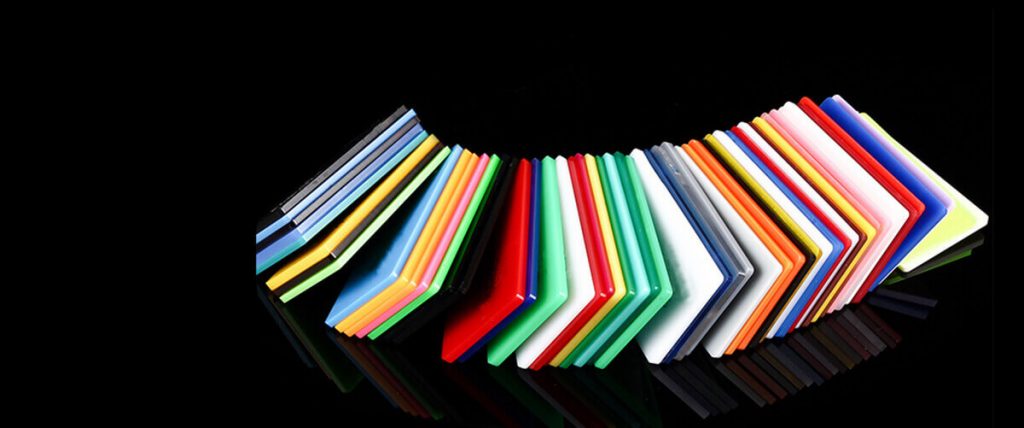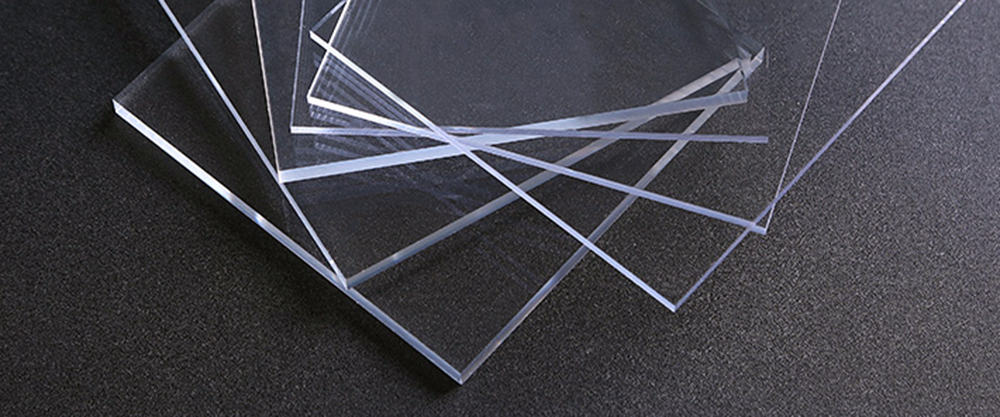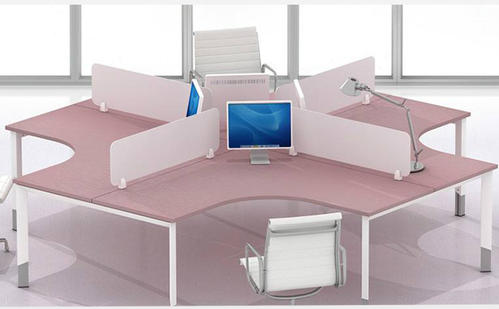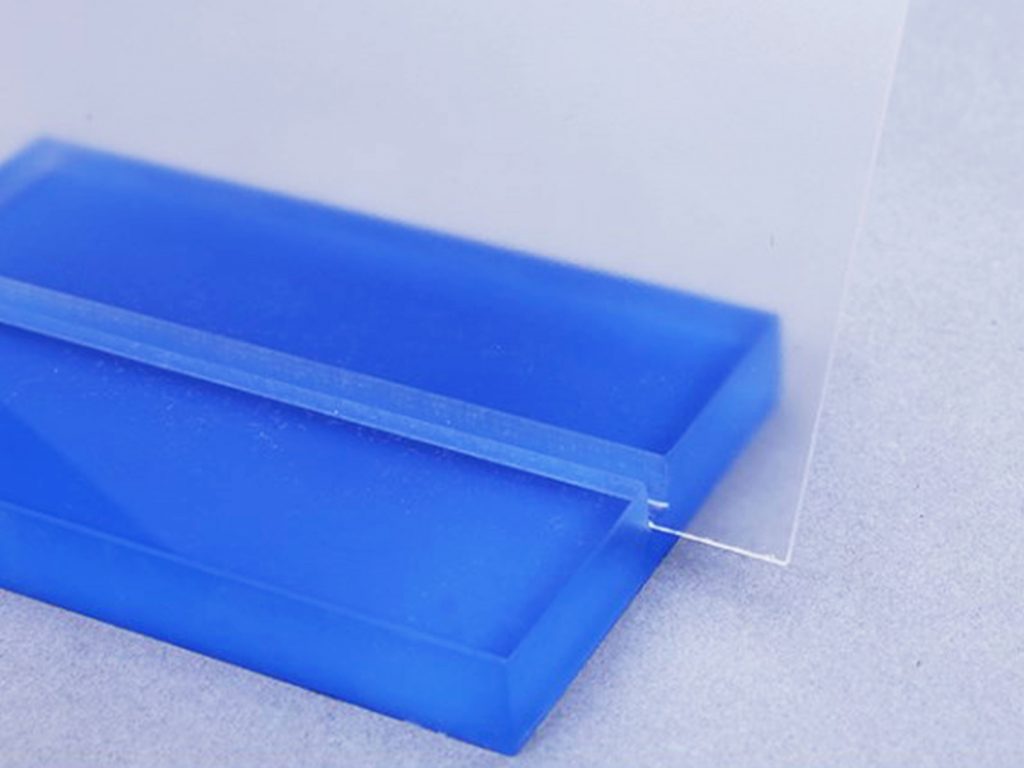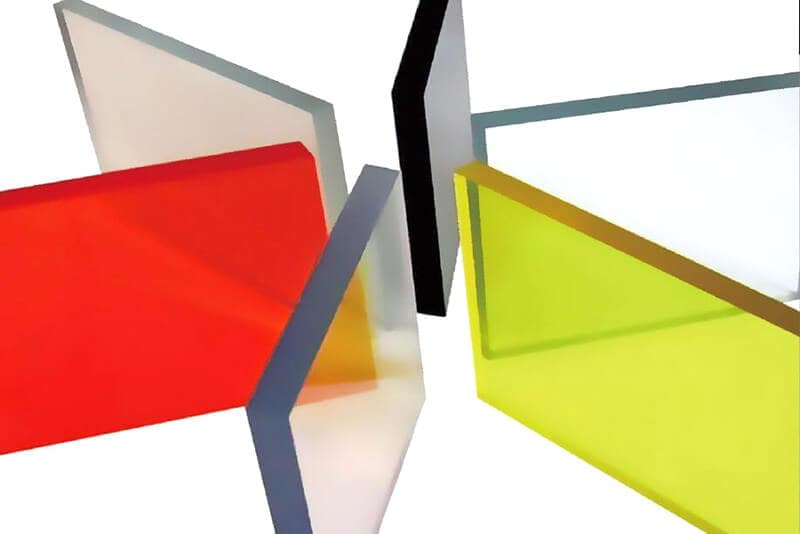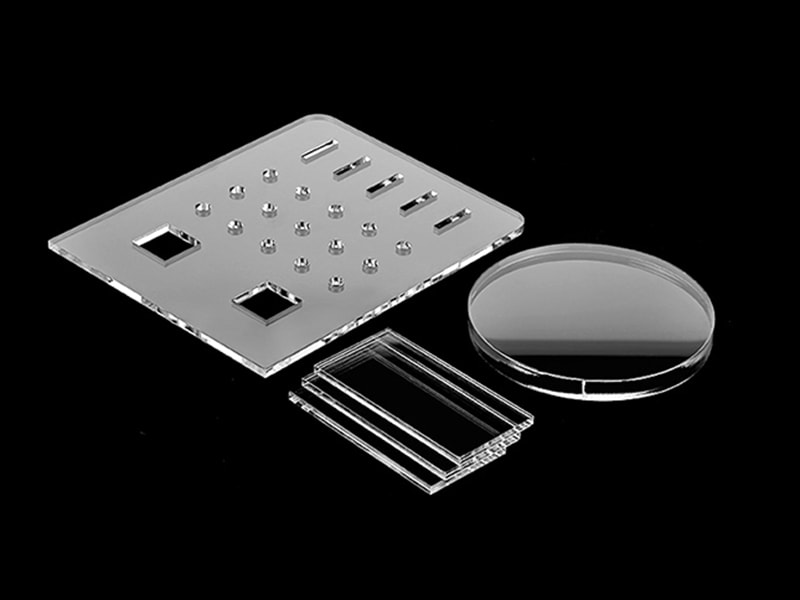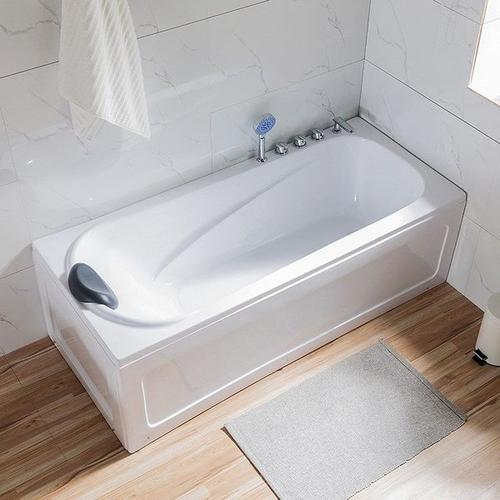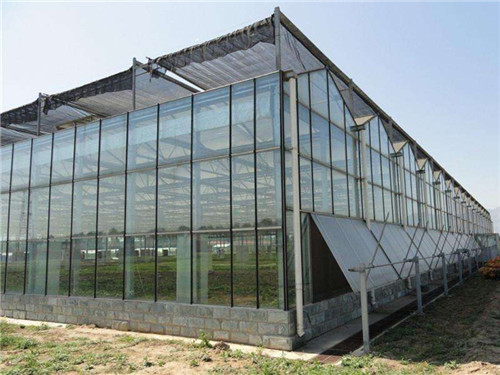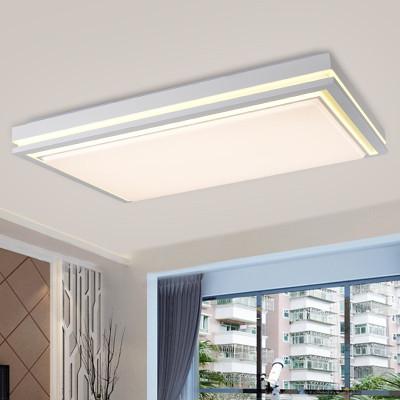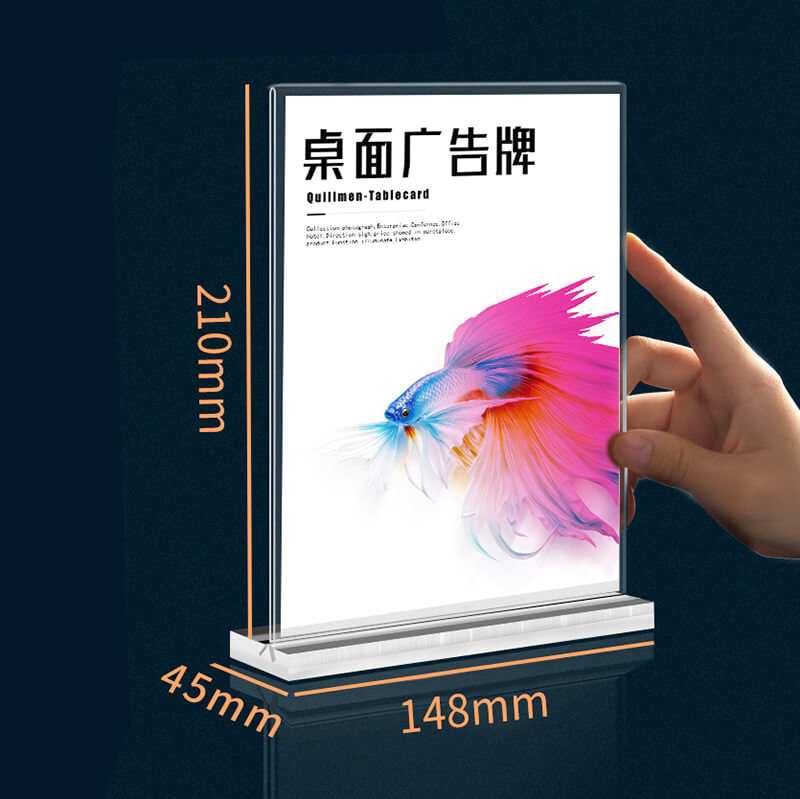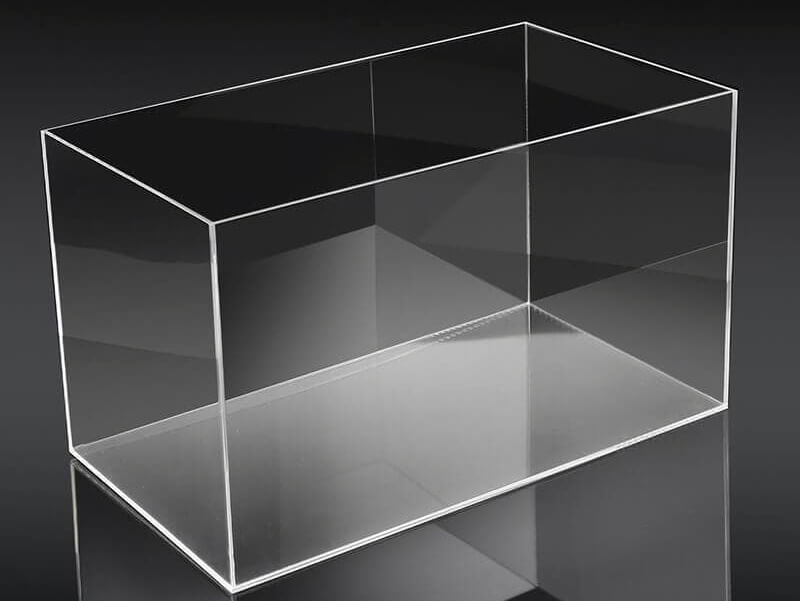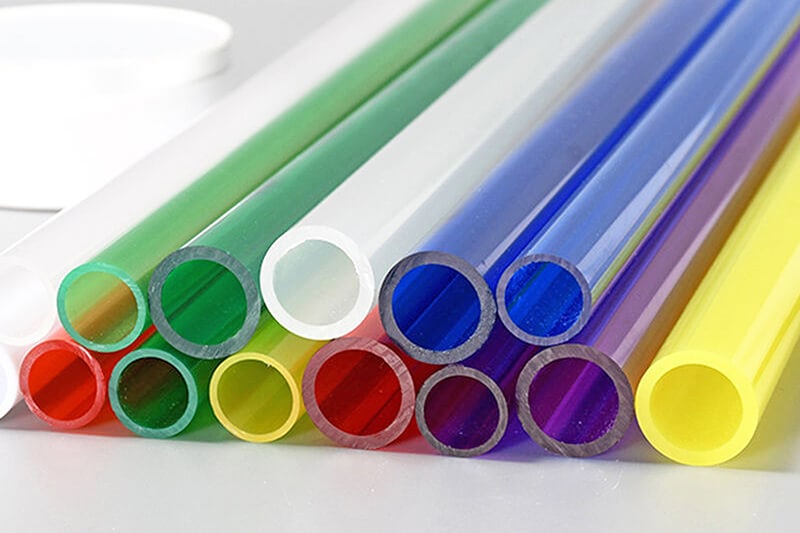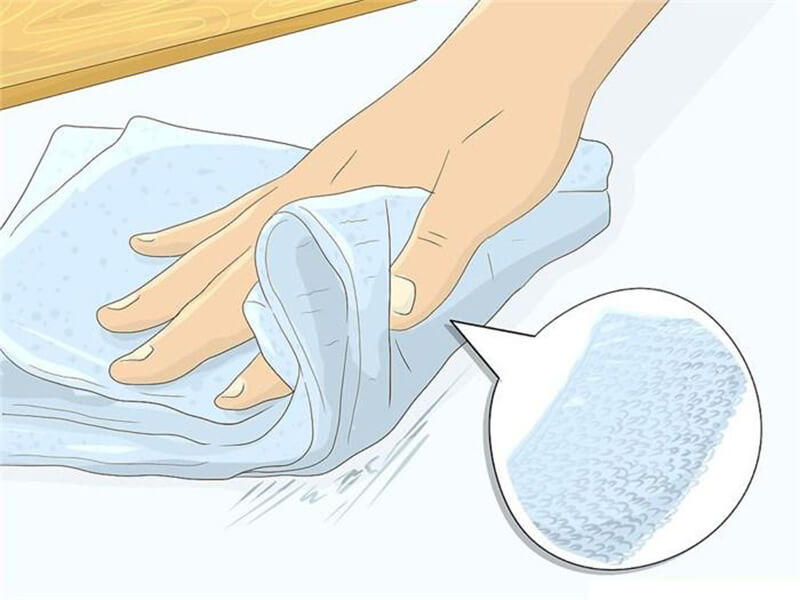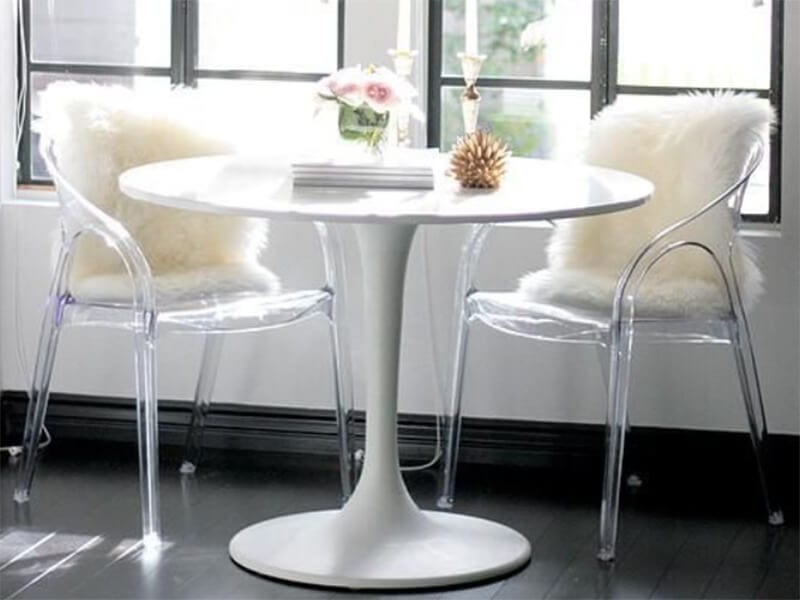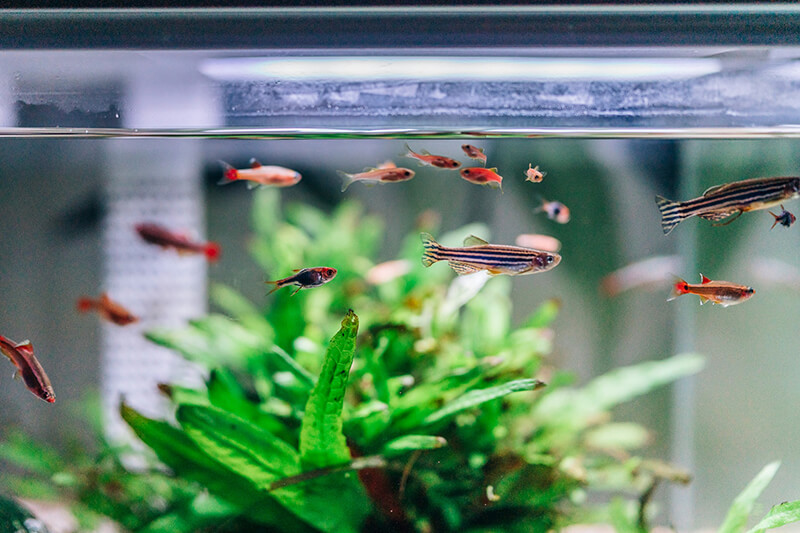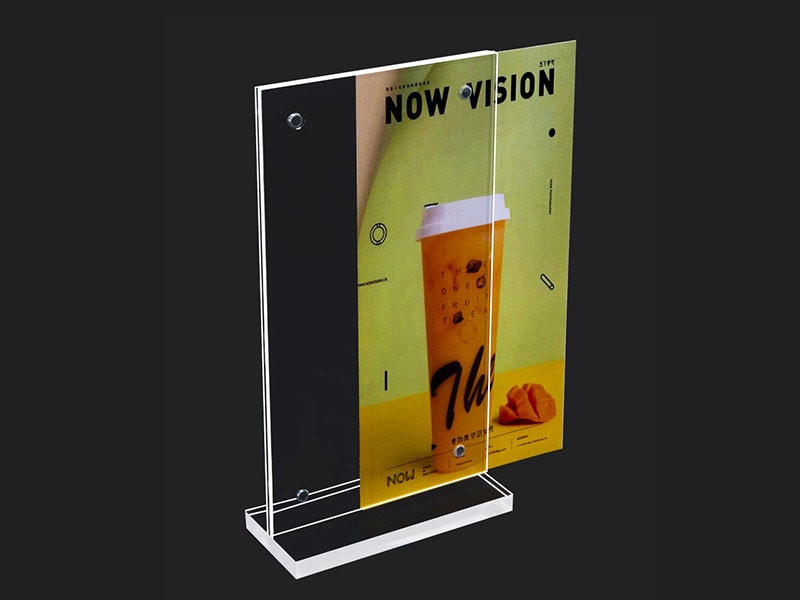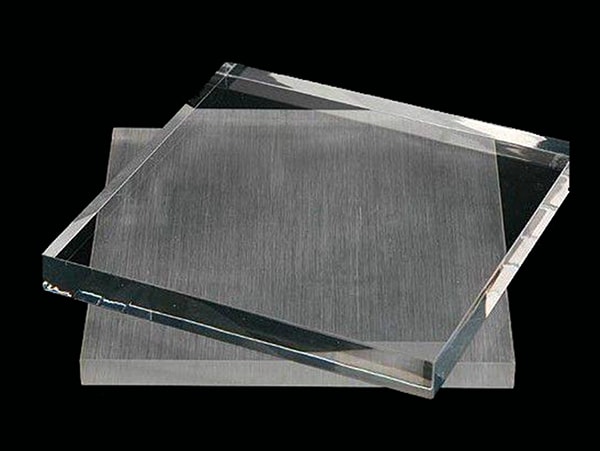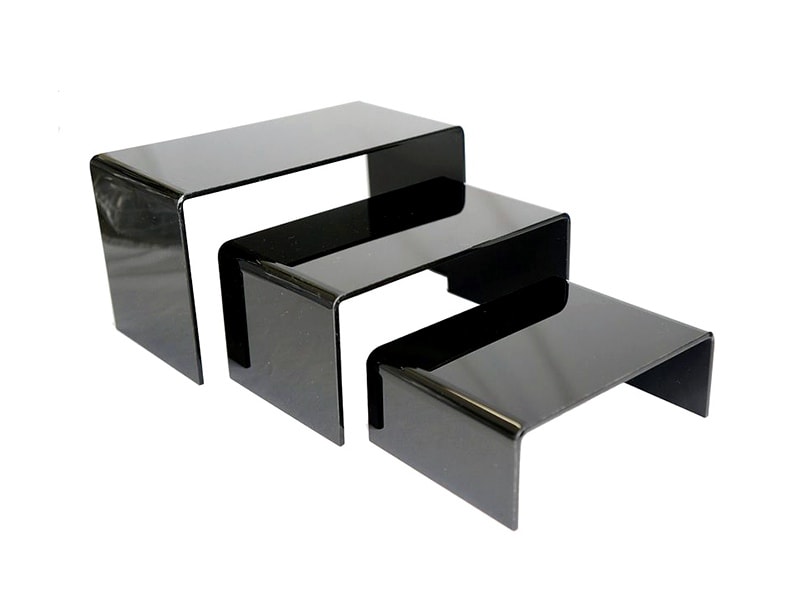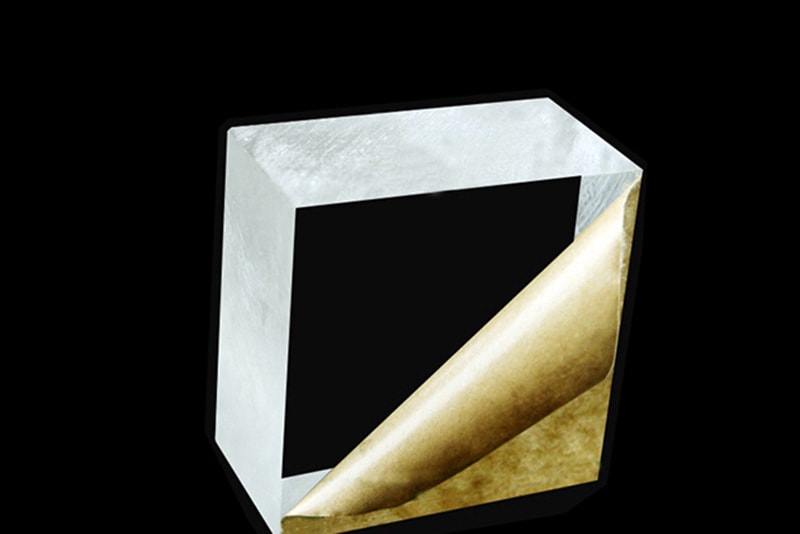How is plastic extruded?
Plastic is a durable and versatile material that has many different applications in our daily lives, from toothbrushes to soda bottles. The plastics industry is a process-driven, global business with more than $600 billion in annual sales. A lot of the things we use every day come from one of the 1,500 plastic processing plants in the world. This blog post will discuss how plastic is extruded.
What is Plastic Extrusion?
Extrusion is a hot-forming process in which molten plastic is drawn or pushed through an opening, called a die, to produce long lengths of a particular cross-section. Extrusion involves the continuous forming of flat sheets and tubes from thermoplastic polymers under heat and pressure.
The process begins with heating the polymer pellets in an extruder, a long cylinder equipped with a screw-like auger at the bottom. The melting extruder then forces the softened polymer against a flat metal dies with sharp edges known as ‘flighting’.
As the molten material exits through the die’s opening, it forms thin strands or ribbons of plastic, cooled and solidified in a post-extrusion chilling process.
What are the different types of plastic extrusion?
Extrusion is the most commonly used process for manufacturing acrylic film, sheet, acrylic tubing, and acrylic rod. It is a versatile process and can be used to make many different kinds of plastic products. Most plastics are extruded into flat sheets or long tubes.
Different types of plastic extrusion include:
Tubing extrusion
It is used to create hollow or tubular products, from small diameter medical devices and tubes for laboratory use to large-diameter pipes for water distribution. The process begins by heating plastic pellets and extruding the material through a long tube-shaped die.
Blown Film Extrusion
It is a process of manufacturing plastic film that has been extruded in polyethylene, polypropylene, polycarbonate, or jute. It is used for food packaging and other applications. The process begins by heating the polymer pellets and extruding them through an opening shaped like a hollow tube.
Sheet Film Extrusion
It manufactures thin sheets of plastic film used in applications such as packaging, bags, or medical films. This type is used to extrude thick plastic sheets and films. The sheets are then pulled through the die and cooled using a series of cooling rolls that regulate the sheet thickness.
Over Jacket Extrusion
It is an extrusion process used to provide complete surface adhesion of multiple layers over a core wire. The wire is fed through the die in the same direction as passing through the extruder head. Which allows easy access for cutting and stripping.
Plastic Extrusion Process (Step by Step)
5 steps in the plastic extrusion process. They are:
Step 1: Melting raw plastics materials
The raw plastics materials, including the polymer pellets, are fed into the hopper to be heated. The plastic pellet is melted in a high-temperature environment. It comes out as a very thick liquid which is not suitable for any of the other processes, so it needs to get heated without blowing up.
Step 2: Filter melted plastic
It is an optional process to get rid of any lumps and contaminants. It also allows the polymer streams to be split for more efficient production.
Step 3: Extrusion through a heated die
The melted plastics are fed into the extruder, consisting of extruding the material of an auger that pushes it towards the heated barrel. It will pass through a die orifice before exiting the end of the extruder as strands.
The polymer strands then run along with conveyor belts which propel them toward to next step of post-extrusion cooling.
Step 4: Cooling and solidifying
The plastic strand is then cooled using a series of cooling rolls that regulate the sheet thickness. Some plastics, such as PVC and polyethylene, require a cooling step at this stage to harden them before they can be used.
Step 5: Cutting and shaping extruded plastic
Shaping of the plastic is done through a range of processes, including cutting, milling, drawing, and embossing, depending on the application.
Applications of Plastic Extrusions
Extrusion is the most commonly used process in plastic manufacturing. It is a versatile process and can be used to make many different kinds of plastic products. Here are some applications for extruded plastics:
Pipes and Tubing
Plastic tubes and pipes are used in many different ways. They can help clean wastewater, bring gas from one place to another, and cool a car engine. They can also be used for storing drinking water.
Wire insulation
Many large electrical wires are protected by a layer of insulating plastic. These can be made using extrusion as the wire is run through a tunnel of hot melted plastic that wraps around it.
Window and door profiles
Windows and doors can be made from plastic using extrusion. Plastic profiles are shaped on the end of the extruder after it passes through a die. They are fitted into wooden frames to make windows and doors that look like wood but last longer.
Blinds
Extrusion is used to make the slats on window blinds and fiberglass-reinforced plastic awnings.
Weatherstripping
Some weatherstripping is made of plastic, which is soft and flexible to bend as you open a door. Weatherstripping usually comes in long thin strips that look like white rubber.
Windshield wipers and squeegees
Some windshield wipers are made from plastic instead of metal. Plastic squeegees used to clean floors in supermarkets and factories are also made from extrusion.
Conclusion
Extrusion is the process of forcing material through an opening in one die and out through another. This can be done by using pressure, vacuum, or gravity to extrude the material to move it down a barrel that narrows as it progresses. The final product will vary depending on how much heat was applied during the extruding process.
UVACRYLIC is a leading manufacturer of acrylic sheets in China. If you’re looking for more information about this manufacturing technique, contact us today!
Need A Trustworthy Supplier Of Acrylic Product
Click on the button, you will find the Trustworthy Supplier Of Acrylic-based product and machining services.

